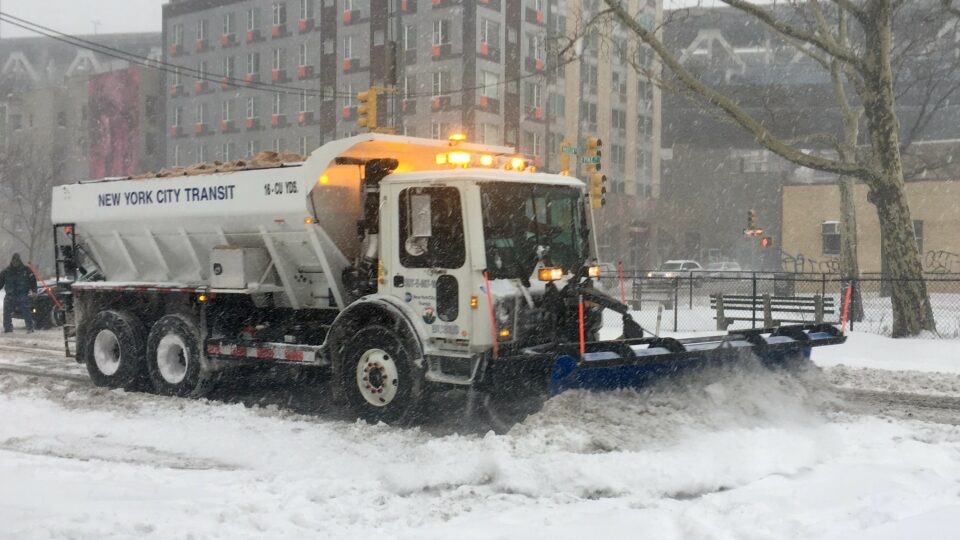Mirror Lake is a popular recreational lake located in the Village of Lake Placid. It is the most developed lake within the Adirondack Park, which is a publicly protected area that is actually larger than Yellowstone, Yosemite, Glacier, and Grand Canyon National Parks combined.
New research has revealed that road salt runoff into Mirror Lake is preventing natural water turnover which poses a risk to the balance of its ecology. The study, which was published in Lake and Reservoir Management, found that road salt runoff is preventing spring mixing of the water column. This creates more anoxic water conditions, meaning there is less oxygen in the water, and limits the ability of the habitat to support the native lake trout.
Mirror Lake is the first lake in the Adirondack Park to show an interruption in lake turnover due to road salt. Many lakes in northern climes experience so-called “dimictic turnover”, which is a natural process where wind and less stratified water conditions of spring and fall allow mixing of the water column that redistribute oxygen and nutrients throughout the lake. High levels of surface-water chloride introduced into the lake from road salt runoff inhibit the mixing of the water column.
The lack of mixing and oxygenation is bad news for fish species such as lake trout, which require cold, oxygenated water to survive. It may also put the lake at a greater risk of algal blooms.
Mirror Lake is small, surrounded by concentrated development, and receives the direct discharge of stormwater. So, it is particularly vulnerable to road salt contamination. Other lakes elsewhere in New York may experience similar conditions. The researchers are confident that natural turnover conditions could be restored to the lake if road salt application in the watershed is reduced.
**********
Web Links
Road salt pollutes lake in one of the largest US protected areas, new study shows
Photo, posted January 5, 2018, courtesy of MTA of the State of NY via Flickr.
Earth Wise is a production of WAMC Northeast Public Radio.

